Kari Lilja, TkT, Erikoistutkija; Sirpa Sandelin, TkT, Yliopettaja
English version: Click the link
Voiko lomalla harjoittaa aktiivista työhön liittyvää ajattelua? Siinäpä kysymys. Tiedän ihmisiä, jotka aktiivisesti kytkevät pois aivojensa kyvyn älylliseen toimintaan loman ajaksi. Minulle se ei vain ole mahdollista. Lähes päivittäin törmään asioihin, jotka tavalla tai toisella liittyvät aktiivisiin tai jo päättyneisiin projekteihin. Maahanmuutto, kestävä kehitys, vastuullisuus ja digitaalisuus ovat teemoja, jotka vaikuttavat ja näkyvät koko ajan niin yhteiskunnassa kuin yritysmaailmassakin.

Esimerkiksi EU:n jätedirektiivistä johtuva jätteidenkäsittelyn säännöstön tiukentuminen myös kotitalouksissa voi saattaa keittiöiden suunnittelijat, valmistajat ja myyjät mielenkiintoiseen tilanteeseen: Vakiintunut – ja huono – tapa sijoittaa keittiön jätepiste tiskipöydän alle, ei enää kelpaakaan. Alun perin tapa on kai lähtenyt siitä, että laskiämpäri oli tarkoituksenmukaista sijoittaa mahdollisimman lähelle ruuanlaitto- ja tiskipaikkaa. Myöhemmin laskiämpäri saattoi monissa talouksissa toimia varmistuksena vuotavan viemärin varalta, ja kun laskiämpäristä luovuttiin, pöydän alle jäi tyhjä tila, johon oli luonnollista sijoittaa jätevaunu jäteastioineen. Ratkaisusta tuli vähintäänkin epämukava siinä vaiheessa, kun astianpesukoneet yleistyivät. Nehän lähes pääsääntöisesti on sijoitettu tiskialtaan viereen. Kun lain velvoitteella kompostoitavia biojätteitä aletaan kerätä omaan astiaan, epämukavuus ja riskit vain kasvavat.
Ai miten niin?
Katsokaas, kun pesukone lämpenee, joskus jopa kuumenee. Ja lämpö taas nopeuttaa ja tehostaa mikrobitoimintaa eloperäisessä jätteessä. Käymisen ja mätänemisen tuoksut keittiössä eivät ainakaan suomalaisessa keittiössä anna kovin hyvää kuvaa hygieniasta eivätkä lisää ruokahalua. Ylimääräiset hajut lisäävät myös ei-toivottujen vieraiden, kuten kärpästen, muurahaisten, torakoiden, erilaisten toukkien, hiirin ja rottien invaasion riskiä.
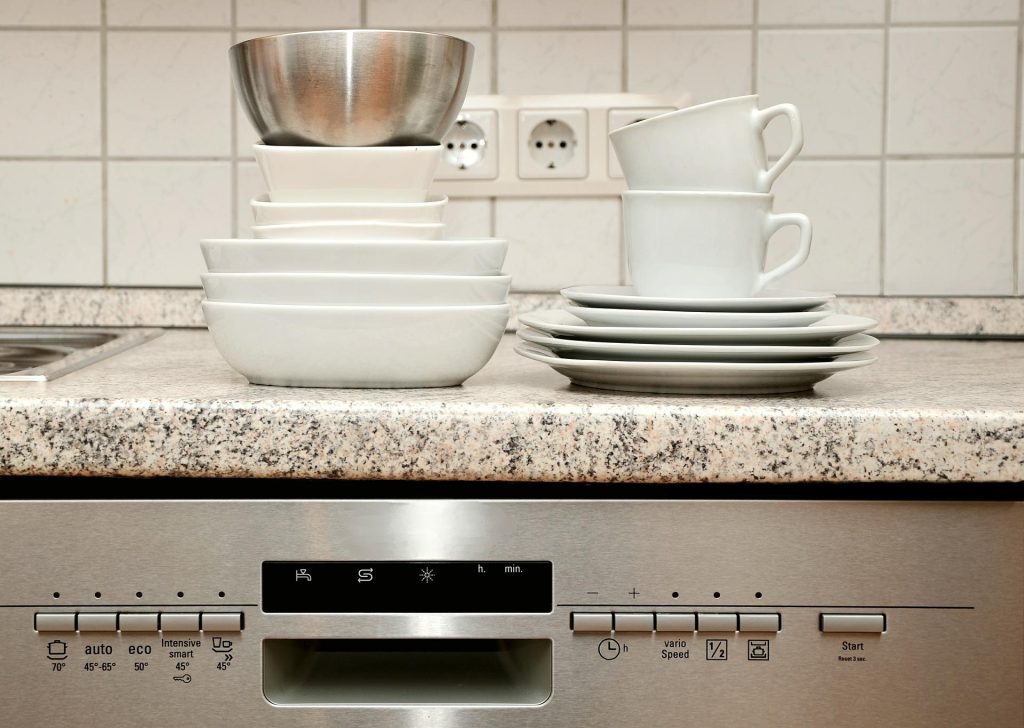
Konsepti onkin suunniteltava uusiksi ja jätevaunu tai muu lajittelupiste on sijoitettava keittiössä paikkaan, jossa se ei ainakaan lämpene tarpeeksi tuottaakseen ylimääräisiä kaasuja. Nähtäväksi jää, miten tämä toteutetaan.
Mielenkiintoinen kysymys on myös jätehuoltomääräysten, palosuojelumääräysten, vakuutusyhtiöiden suojeluohjeiden, jäteyhtiöiden antamien jäteastioiden sijoitusohjeiden, terveysviranomaisten ohjauksen ja esteettömyyssuositusten keskinäinen suhde. Jätehuoltomääräysten (= lain ja sitä paikallisesti soveltavien viranomaismääräysten) mukaan eri jätejakeiden kotitalouksia koskeva erilliskeräysvelvollisuus laajenee viimeistään kesään 2023 mennessä niin, että esimerkiksi paperi ja kartonki, jotka tällä hetkellä on monissa kunnissa saanut kerätä samaan astiaan, on jatkossa kerättävä erikseen. Käytännössä se tarkoittaa yhtä uutta keräysastiaa. Erikseen kerättäviä jätejakeita tulevat jatkossa olemaan lasi, metalli, muovi, pahvi, kartonki, biojätteet ja viimeisenä sekajäte, jota ei saisi periaatteessa syntyä enää ollenkaan. Todellisuudessa tilanne on toinen. Sen verran esimerkiksi hygieniatuotteissa ja elintarvikepakkauksissa on vielä muovin ja maatuvan kuidun, paperin tai kartongin yhdistelmiä.
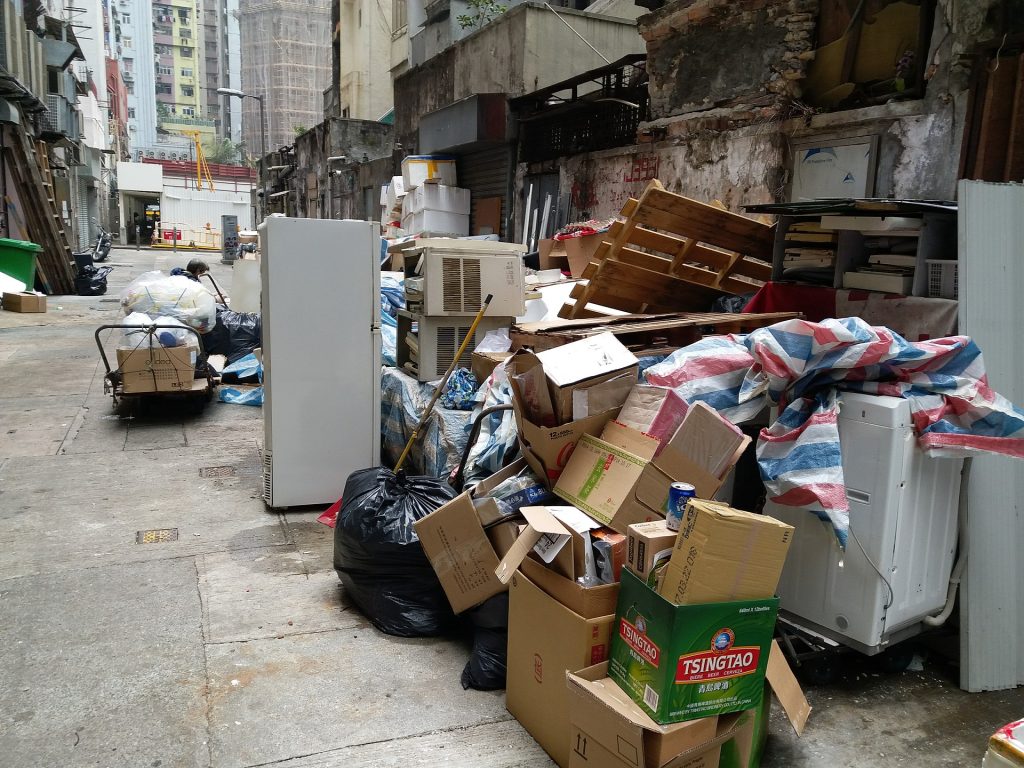
Palosuojelumääräysten mukaan jäteastiat ja -katokset on sijoitettava riittävälle etäisyydelle rakennuksista. Syy on selvä: Jäteastioita ja katoksia palaa Satakunnassakin syystä tai toisesta aika ajoin. Vakuutusyhtiöt ovat yleensä vetäneet suojeluohjeissaan viranomaisia tiukempaa linjaa erityisesti helposti syttyvien ja suuren palokuorman tuottavien materiaalien, kuten muovijätteen osalta. Jätehuoltoyritysten ohjeet taas korostavat jäteastioiden tyhjennyksen tehokkuutta ja työsuojelullisia näkökohtia: Jäteastioiden tulisi olla helposti tyhjennettäviä, ja ne tulisi sijoittaa niin, että ne ovat vaivattomasti ja nopeasti siirrettävissä autolle ja takaisin. Auton tulisi luonnollisesti päästä niin lähelle kohdetta kuin mahdollista, reitin tulisi olla auton ja työntekijän kannalta turvallinen, ja selvää on, että lukituksiin ja tiukasti sulkeutuviin jäteastioihin suhtaudutaan vähintäänkin nuivasti. Onhan jokainen ylimääräinen avain ja salpa riski tehokkaan toiminnan kannalta. Terveysviranomaiset taas edellyttävät, että jäteastiat ja jätehuoltotilat olisivat sellaisia, etteivät, rotat, hiiret ja muut tuhoeläimet pääsisi hyötymään jätteiden suomasta ravinnosta.
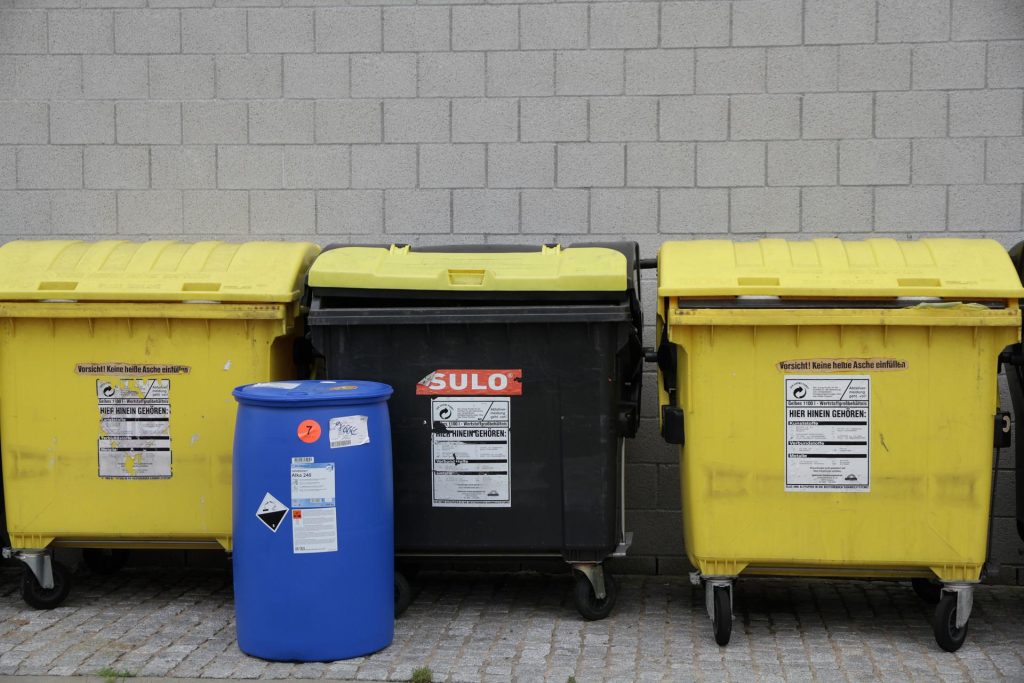
Esteettömyydestä taitaa olla turha puhuakaan. Jokaisen vähänkin isomman kiinteistön jätesäiliöt ovat yleensä isoja, metallisia kontteja tai molokin kitoja, joiden aukot ovat korkealla, kannet painavia, ja kulkureitit kapeita pyörätuolin tai rollaattorin käyttäjille.
Onko aivan mahdoton ajatus, että edes joku kunta tai kaupunki tai jokin muu taho kokoaisi kaikkien kotitalousjätteet omaksi asiakseen kokevien tahojen (vähintään nuo edellä mainitut) edustajat yhteen kokoukseen, josta ei poistuttaisi ennen kuin on saatu aikaan yksi yhtenäinen vaatimus- ja ohjekokoelma.
Kokouspaikaksi voisi sopia esimerkiksi Vatikaanin Sixtus-kappeli. Vihreän savun pöllähtäessä tietäisimme, että ”habemus praescrīptum”.
Brain activity – on vacation? – 2022
Can you practice active work-related thinking on vacation? That’s the question. I know people who actively turn off their brain’s ability to engage in intellectual activity while on vacation. It’s just not possible for me. Almost every day I face issues that in one way or another are related to active or already finished projects. Immigration, sustainable development, responsibility, and digitalization are themes that influence and are visible all the time in society as well as in the business world.

For example, the tightening of waste management regulations concerning households due to the EU waste directive can put kitchen designers, manufacturers, and sellers in an interesting situation: The established – and bad – way of placing the kitchen waste point under the draining board is no longer suitable. Originally, the custom probably started from the fact that it was appropriate to place the slop bucket as close as possible in relation to the area of cooking and washing the dishes. Later, in many households, the slop bucket could serve as a backup in case of a leaking sewer, and when the bucket was given up, an empty space was left under the table, where it was natural to place a waste cart with waste containers. The solution became inconvenient at the latest when dishwashers became common. They are almost as a rule placed next to the sink. When legally required compostable bio-waste starts to be collected in its own container, the discomfort and risks only increase.
Oh, how so?
Well, because the washing machine heats up, and sometimes it may even get hot. And heat speeds up and enhances microbial activity in organic waste. The smells of fermentation and rotting in the kitchen do not give a very good image of hygiene and do not increase the appetite, at least it does not do it in the Finnish kitchen. Excess odours also increase the risk of invasion by unwanted guests such as flies, ants, cockroaches, various larvae, mice, and rats.
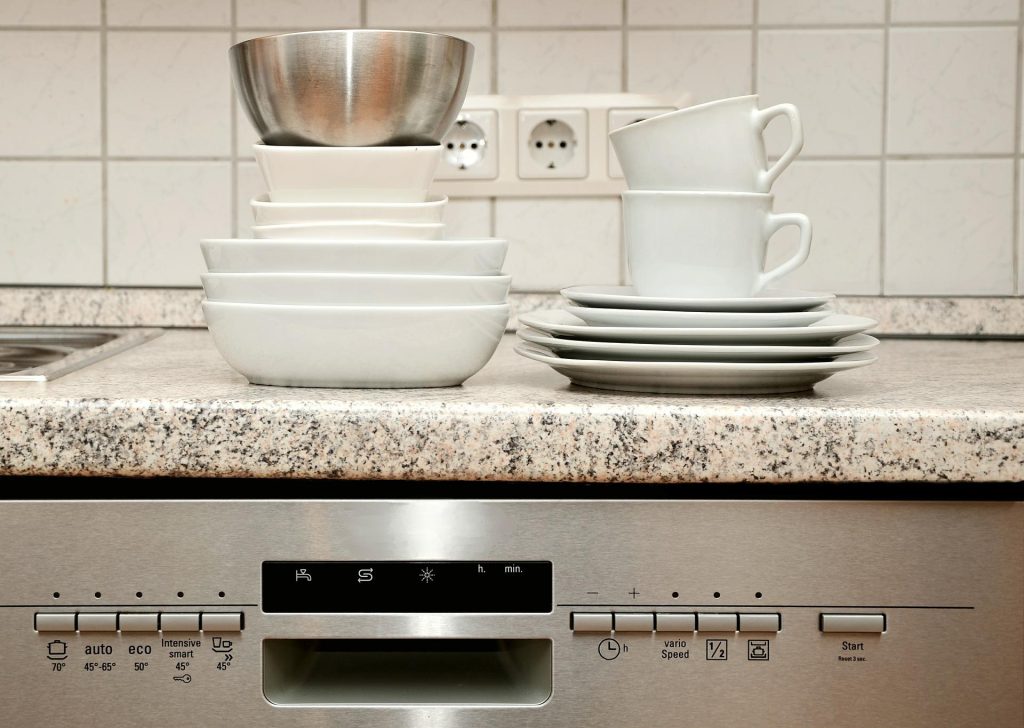
The concept must be redesigned, and the waste cart or other sorting point must be placed in the kitchen in a place where it at least does not heat up enough to produce extra gases. It remains to be seen how this will be implemented.
An interesting question is also the interrelationship between waste management regulations, fire protection regulations, protection instructions from insurance companies, placement instructions for waste containers given by waste companies, guidance from health authorities and accessibility recommendations. According to the waste management regulations (= the law and the regulations of the authorities that apply the legislation locally), the duty for separate collection of different waste fractions, concerning the households. will be extended by the summer of 2023 at the latest so that, for example, paper and cardboard, which are currently allowed to be collected in the same container in many municipalities, must be collected separately in the future. In practice, it means one new collection container. Separately collected waste fractions will in the future be glass, metal, plastic, cardboard, cardboard, bio-waste, and lastly mixed waste, which in principle should not be generated at all. In real life, the situation is different. There is so much hygiene products and food packaging, for example, that still contain combinations of plastic and decomposing fibre, paper, or cardboard.
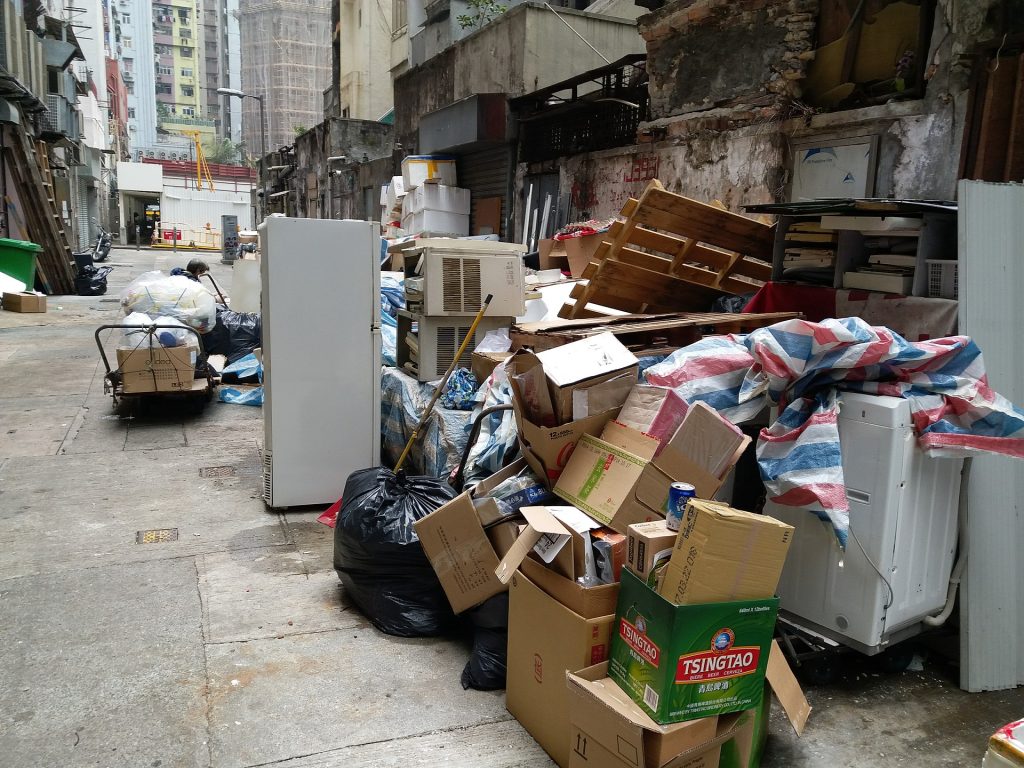
According to fire protection regulations, waste containers and canopies must be placed at a sufficient distance from buildings. The reason is clear: Garbage containers and canopies tends to burn, for one reason or another, more or less regularly. In their protection guidelines, insurance companies have generally taken a stricter line than the authorities, especially considering the materials that are easily flammable and produce a large fire load, such as plastic waste. The instructions of the waste management enterprises, on the other hand, emphasize the efficiency of emptying waste containers and occupational safety aspects: Waste containers should be easy to empty, and they should be placed so that they can be easily and quickly moved to and from the car. The car should of course get as close to the destination as possible, the route should be safe for the car and the employee, and it is clear, that locks and tightly closed waste bins are viewed with caution, to say the least. After all, every extra key and lock is a risk in terms of efficient operation. The health authorities, on the other hand, require that waste containers and waste management facilities be such that rats, mice and other vermin cannot benefit from the food provided by the waste.

There seems to be no need to talk about accessibility. The waste containers of every slightly larger property are usually large, metal containers or Moloch’s mouths, with high openings, heavy lids, and narrow paths for wheelchair or rollator users.
Would it be impossible to think that a municipality or a city or some other entity would bring together the representatives of all the entities (at least those mentioned above) who see household waste as their own business in one meeting, and not leave the meeting before a unified collection of requirements and instructions has been created.
The meeting place could be, for example, the Vatican’s Sixtus’ Chapel. When the green smoke billows, we would know that ”habemus praescrīptum”.
Artikkeli on kirjoitettu Euroopan unionin Erasmus+ -ohjelman rahoittaman Sustainabuild -hankkeen puitteissa. Vastuu artikkelissa esitetyistä näkemyksistä on yksinomaan kirjoittajilla.
This article was written in the framework of the Sustainabuild-project funded by the European Union’s Erasmus + program. The sole responsibility for the views expressed in this article lies with the authors.

